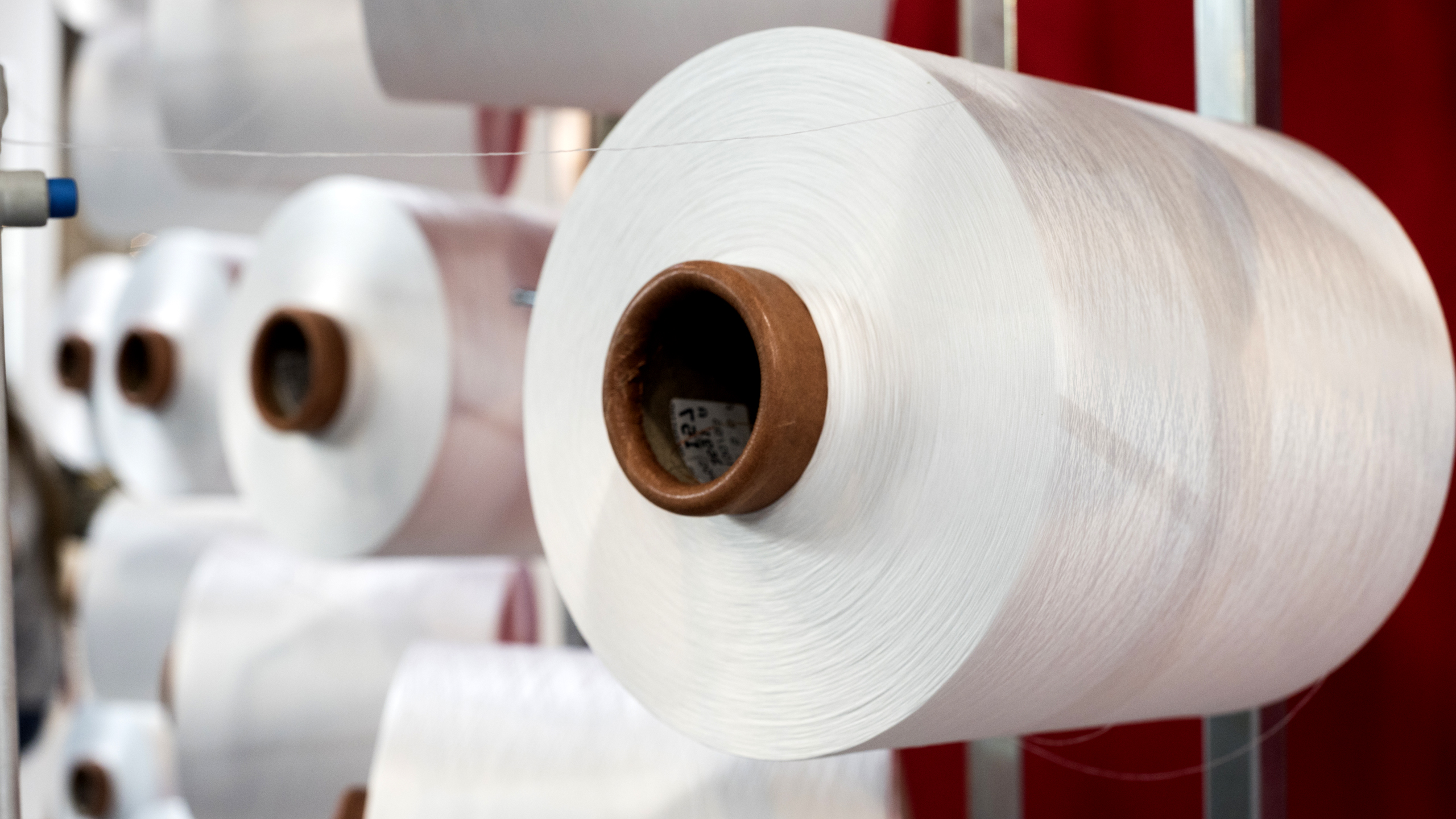To make good decisions is important to know the environment that surrounds us. Find reliable and accurate information to plan your next steps.
Buenos Aires, a strategic spot

Argentina offers a range of great possibilities and is a direct bridge to the MERCOSUR, a market with more than 250 million consumers.
Buenos Aires is home to national and international companies and one of the main investment centers in the region. In recent years it has become one of the most attractive markets for business due to competitive costs, qualified and creative human capital, and modern communications infrastructure.
It is currently considered a leading city in the events and conventions sector, annually receiving more than 2 million business tourists from all over the world.
Textile and garment market
The textile and garment production chain is one of the sectors of longest tradition in the history of the Argentine industrialization. It comprises from fiber processing, yarns and fabrics manufacturing to design and garment manufacturing and home products. In each of these stages, several activities which add value to the goods are developed and which subsequently will become supplies for the industry or final products for consumption. The value chain has a huge exporting potential both in its textile and manufacturing link.
At global level, the sector starts a growth stage. The innovation and development agenda positions textile material as the main supply for the next two decades. It is estimated that there will be new uses and advances to other sectors and new markets that will expand the business volume of the production framework.
On the other hand, within the framework of what is called Fourth Industrial Revolution, the textile and garment industry will not be outside of digitalization and cooperative coordination. The immediacy in the management of commercial information, it will require the production supply to be immediate. Argentina has production infrastructure to meet these demands.
Industry data
Though as from 2016 we observed a decrease in internal consumption level, as a consequence of the market size, the tax pressure and the salaries than condition prices, it is important to highlight that between 2002 and 2018, almost US$ 4,000 millions dollars were invested in the modernization and extension of the production capacity. Besides, in the last years it set an investment record in flat and circular looms, thus tripling production.
The industry employs 400,000 people throughout the country and has 18,000 textile and garment companies (mostly small and medium companies) that invest in state-of-the-art technology to produce with the highest efficiency, promote regional economies by generating thousands of genuine jobs and making creative designs, ideal to export to the whole world.
* Source: Fundación Pro-Tejer
Data updated to August 2018


